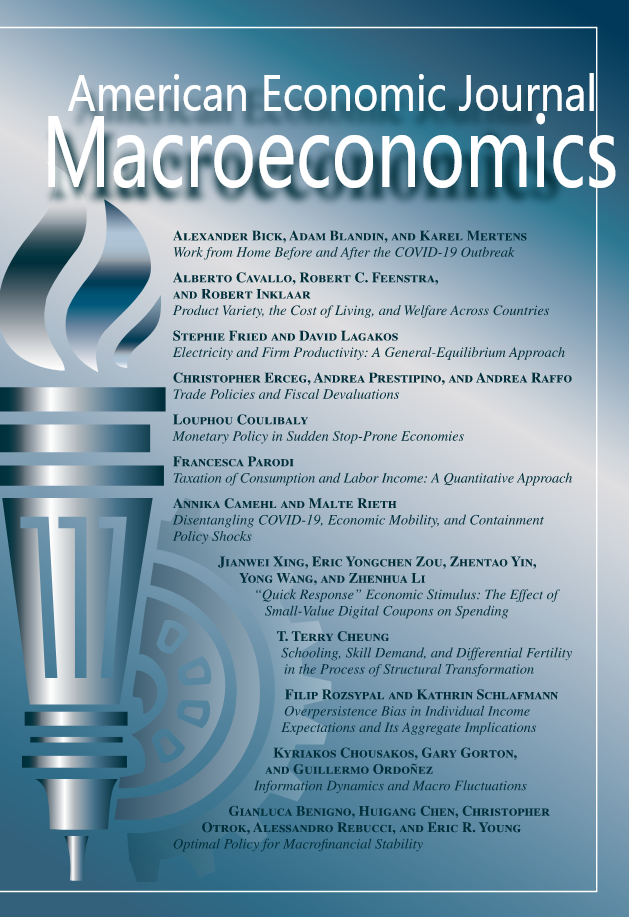购买更低的销售税税率
IF 5.7
1区 经济学
Q1 ECONOMICS
引用次数: 0
摘要
使用全面的高频州和地方销售税数据,我们表明购物行为对销售税税率的变化反应强烈。尽管销售税在公布的价格中没有体现出来,而且有很大范围的税率和免税额,但消费者可以在很多方面进行调整。他们在税收上涨之前囤积可储存的商品,并在短期和长期内增加网上和跨境购物。短期和长期支出反应之间的差异对使用销售税进行反周期政策和设计最佳税收框架的有效性具有重要意义。有趣的是,家庭对应税商品和免税商品的支出调整相似。我们将库存问题嵌入到一个连续时间消费-节约模型中,并证明了这种行为在存在购物旅行固定成本的情况下是最优的。该模型成功地匹配了估计的短期和长期税收弹性。我们提供了支持这种新的购物互补机制的额外证据。(凝胶e21, e32, g51, h21, h25, h71)本文章由计算机程序翻译,如有差异,请以英文原文为准。
Shopping for Lower Sales Tax Rates
Using comprehensive high-frequency state and local sales tax data, we show that shopping behavior responds strongly to changes in sales tax rates. Even though sales taxes are not observed in posted prices and have a wide range of rates and exemptions, consumers adjust in many dimensions. They stock up on storable goods before taxes rise and increase online and cross-border shopping in both the short and long run. The difference between short- and long-run spending responses has important implications for the efficacy of using sales taxes for countercyclical policy and for the design of an optimal tax framework. Interestingly, households adjust spending similarly for both taxable and tax-exempt goods. We embed an inventory problem into a continuous-time consumption-savings model and demonstrate that this behavior is optimal in the presence of shopping trip fixed costs. The model successfully matches estimated short-run and long-run tax elasticities. We provide additional evidence in favor of this new shopping complementarity mechanism. (JEL E21, E32, G51, H21, H25, H71)
求助全文
通过发布文献求助,成功后即可免费获取论文全文。
去求助
来源期刊

American Economic Journal-Macroeconomics
ECONOMICS-
CiteScore
8.20
自引率
1.70%
发文量
58
期刊介绍:
American Economic Journal: Macroeconomics focuses on studies of aggregate fluctuations and growth, and the role of policy in that context. Such studies often borrow from and interact with research in other fields, such as monetary theory, industrial organization, finance, labor economics, political economy, public finance, international economics, and development economics. To the extent that they make a contribution to macroeconomics, papers in these fields are also welcome.
 求助内容:
求助内容: 应助结果提醒方式:
应助结果提醒方式:


